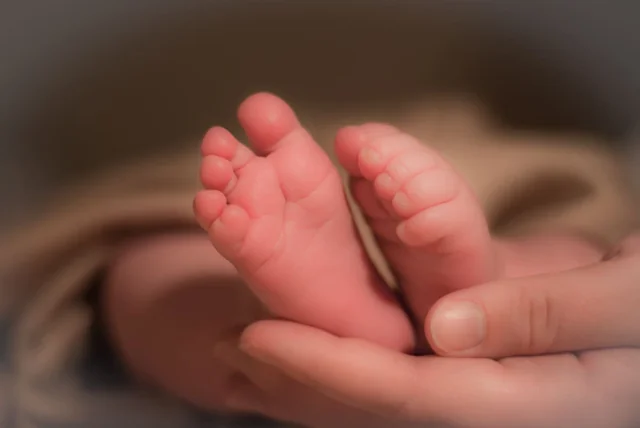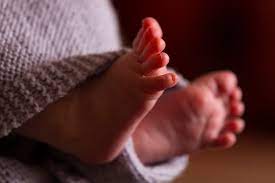England estimates that there were 3,743 child fatalities in the year ending in March 2023, an increase from the 3,452 deaths that occurred the year prior.
According to the National Child Mortality Database, children of black or black British ethnicity and those residing in the poorest areas had the largest death toll.
The Royal College of Paediatrics and Child Health (RCPCH) described the “devastating” statistics.
Call for Urgent Action
They cited increasing child poverty as a significant concern.
According to the data, the percentage of fatalities is rising most rapidly among children under the age of five. Researchers are making more efforts to comprehend the underlying causes of this.
The President of the RCPCH, Dr. Camilla Kingdon, stated, “In a country as prosperous as ours, such statistics are abhorrent.

“Finally, the reduction of child poverty must become a national imperative… This issue should awaken everyone, and I strongly urge our political leaders to take immediate action.”
National Child Mortality Database
The National Child Mortality Database (NCMD) comprises information derived from comprehensive assessments of all fatalities involving children between the ages of birth and eighteen. Database creation commenced in 2019.
Regarding 2023, it approximates:
- The child mortality rate experienced an increase from 29.3 to 31.8 per 100,000 children.
- Death rates for children of black or black British ethnicity were more than twice as high in the poorest areas as they were in the richest.
- For children of Asian or Asian British ethnicity, the rate was 56.6 per 100,000, while it was 50.8 in the richest areas.
- Children of white ethnicity had a significantly lower death rate, at 25.5 per 100,000.
The mortality rate for children of white ethnicity remained consistent with the previous year, whereas death rates for children of black and black British ethnicities continued to increase.
Regarding newborns (those younger than one year), the report indicates:
- In 2023, the death rate per 1,000 live births was 3.8, up from 3.6 in 2022.
- The infant mortality rate among the impoverished increased from 5.4 per 1,000 in 2022 to 5.9 in 2023.
- This figure exceeded twice that of neonates residing in the least impoverished communities.
- Infants of black or black British ethnicity had the greatest infant mortality rate (8.7 per 1,000 live births), which was roughly three times the rate observed for infants of white ethnicity.
- Infants of Asian or Asian British ancestry had a mortality rate of 6.2 per 1,000 live births.
According to the data, infant mortality rates for infants of Asian and black descent increased in comparison to the previous year, whereas infant mortality rates for infants of white descent remained relatively stable.
Factors Contributing to Child Mortality
Professor Karen Luyt, director of the NCMD and neonatal medicine expert at the University of Bristol, stated that infant mortality serves as a metric for evaluating the quality of healthcare in countries. Unlike England, the majority of high-income countries were experiencing improvement in infant mortality rates.
She stated that while there were numerous factors contributing to England’s numbers, one of the primary causes was the rise in deprivation since the pandemic.
Prof. Luyt further stated, “Prematurity is the leading cause of infant mortality, and it is well known that deprivation of social standing increases the likelihood of premature births.”
Additionally, there is evidence that women belonging to ethnic minority groups do not consistently experience a sense of inclusivity within healthcare services, which is compounded by limitations on resources and capacity.
“There are 1.7 million fewer people living in absolute poverty than in 2010, including 400,000 children,” a government spokesperson said. “On average, we are providing a record-breaking support package of £3,300 per household.”
Local maternity and neonatal systems initiated the dissemination of equity and equality action plans in October 2022, with the aim of addressing the inequities faced by infants and women from ethnic minority backgrounds and those residing in the most impoverished regions.





